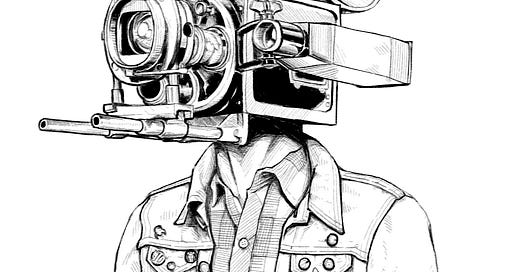If you’re an editor or a creative writing instructor you run into this one on the regular. I received a good example a few weeks ago from a student, who had written what was otherwise a very solid story. There was a compelling conflict with tightly-wrought scenes, the world and the secondary characters were well-drawn and believable — but the story’s protagonist was off. Which was strange. On paper the protagonist seemed to be the perfect person for this particular story, and as the narrative focal point they did a commendable job reporting on everything happening around them, a commendable job evoking the storyworld.
What was missing, paradoxically enough, was the protagonist themselves. I mean, the protagonist was there in every scene, reporting tirelessly on the world and the other characters. Delivered a faithful blow-by-blow account of what was happening around them, with maybe a little color commentary to go with it and yet despite the considerable amount of narrative work the protagonist was doing, all the words they were expending on the world outside, they never once said a word about themselves, never delved into themselves as characters.
Which meant the protagonist was present but also, fundamentally, not present.
(These types of protagonists are also too present in another sense of the word—seemed permanently stuck in the present tense, with no memories of the past, no longings or plan for the future.)
Which meant they never truly came into focus as characters, never gave us readers anything to connect with.
They were all narration, with little to no characterization. All present-case but no self.
Normally you’d fix this problem by filling up the character — adding a want or a contradiction or friends, or one of the Invincible Channels — but weirdly enough the protagonist’s lack of character seemed profoundly structural, extending beyond the character themselves. Something deep was at work here that was jamming the character’s character-ness.
So what was happening?




